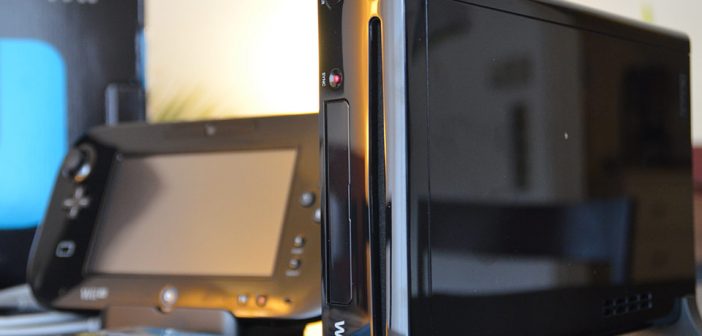Succeeding the Wii and preceding the Switch, is it any surprise that Nintendo’s 2012 home console the Wii U has largely been forgotten in the last decade?
While not quite a tablet-console hybrid like the aforementioned Switch, it instead used an iPad-style tablet as a controller – although the classic Wii remotes were also compatible. Yet, despite countless discounts following the release, in 2019 Nintendo reported that it had only sold 13.56 million consoles in its lifetime. For comparison, the Wii reached 101 million while the massively successful Switch has sold over 132.5 million as of November 2023. Even the similarly-forgotten Nintendo GameCube sold 21.75 million following its 2001 release.
But why was this? Well, primarily this can be attributed to the console’s god-awful promotion strategy. Unless you were a hardcore Nintendo fan who kept up with every Direct and ‘Treehouse’ stream, to many families and their children it came across as merely an optional add-on to the original Wii. Even as a Nintendo-obsessed 10-year-old, I was similarly confused. Indeed, after hearing that a “tablet” version of the Wii was on the way, I thought that the drawing tablet gimmick for the 2010 Wii game ‘UDraw Studio’ *was* the Wii U!
Its launch-day selection of purchasable game surely didn’t help either. Releasing with the likes of of ‘ZombiU’ and ‘Sonic and All-Stars Racing Transformed’ was never going to make it a big attention-grabber really. Although the solid ‘New Super Mario Bros. U’ was a launch-day title, it being the third ‘NSMB’ game in less than three years (following 2009’s ‘New Super Mario Bros. Wii’ and the 3DS’ ‘New Super Mario Bros 2’ in 2012) meant that some significant shine had been taken off the series by that point.
To many consumers, Nintendo consoles are all about the games stemming from their massive franchises: Mario, Zelda, Animal Crossing, y’know. Yet it took almost two years from launch for ‘Mario Kart 8’ to release, with no ‘Galaxy’ or ‘Odyssey’-esque big 3D game either. There was also no main-series ‘Zelda’ game until ‘The Breath of the Wild’ released on both the Wii U and Nintendo Switch in 2017. Somehow, there was also no proper ‘Animal Crossing’ game either, with the only offering of Tom Nook-goodness coming in the film of heavily-mocked party game ‘Amiibo Festival in 2015.
That is not to say, however, that the games weren’t any good. 2013’s ‘Pikmin 3’ offers the best version of the game to me, while the duel-system (with the 3DS) release of ‘Super Smash Bros.’ in 2014 built on the previous success of ‘Brawl’ to offer one of the best fighting games of the period. Despite this, even in terms of games quality, the Wii U’s success has also been massively overshadowed by the Switch. Following the hybrid’s release in 2017, Nintendo knew that not many buyers of the new console had bought the previous flop system and bought it’s games, so what did they do? They repacked them!
That’s right. Pretty much every original Nintendo Wii U game is now available on the Switch, and often in a revamped ‘Deluxe’ package. Perhaps the best representation of this is 2017’s ‘Mario Kart 8 Deluxe’. Releasing just one month after the Switch’s release, it expanded heavily on the original by offering the previous DLC content for free, adding new and returning characters, and massively revamping the games’ ‘battle’ mode. While ‘8’ only allowed you to ‘Bob-omb Blast’ and play ‘Coin Runners’ in the racing tracks, ‘8 Deluxe’ brought in new and returning courses specifically made for the mode. Meanwhile, ‘Super Mario 3D World + Bowser’s Fury’ added in an entirely new side-game, making the Switch almost like the definitive version of the Wii U!



